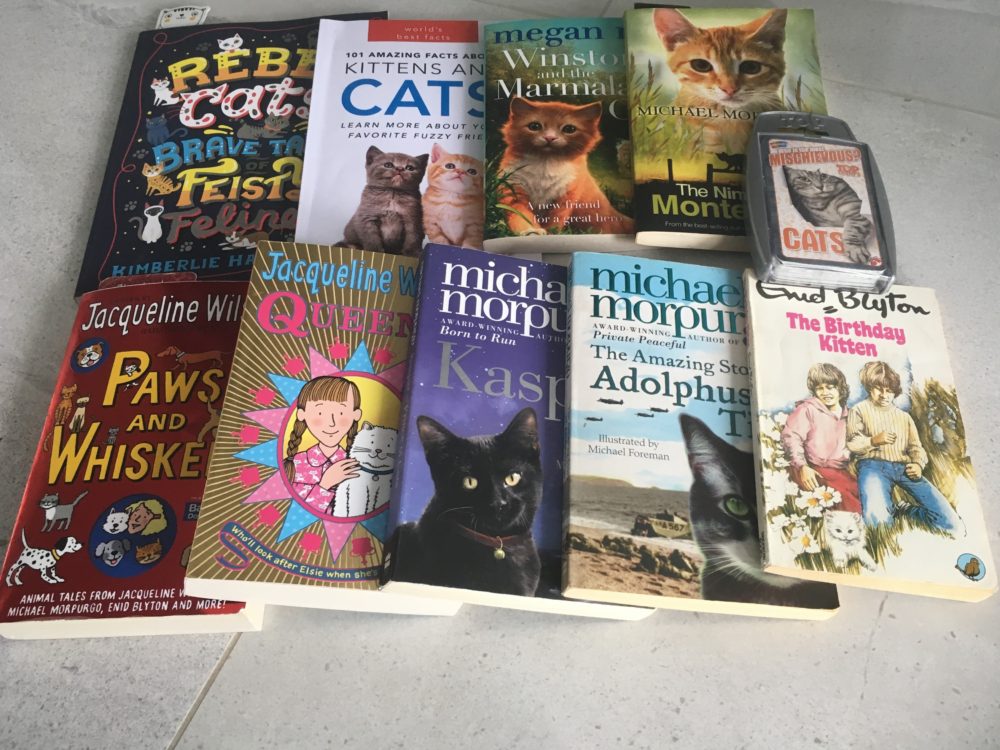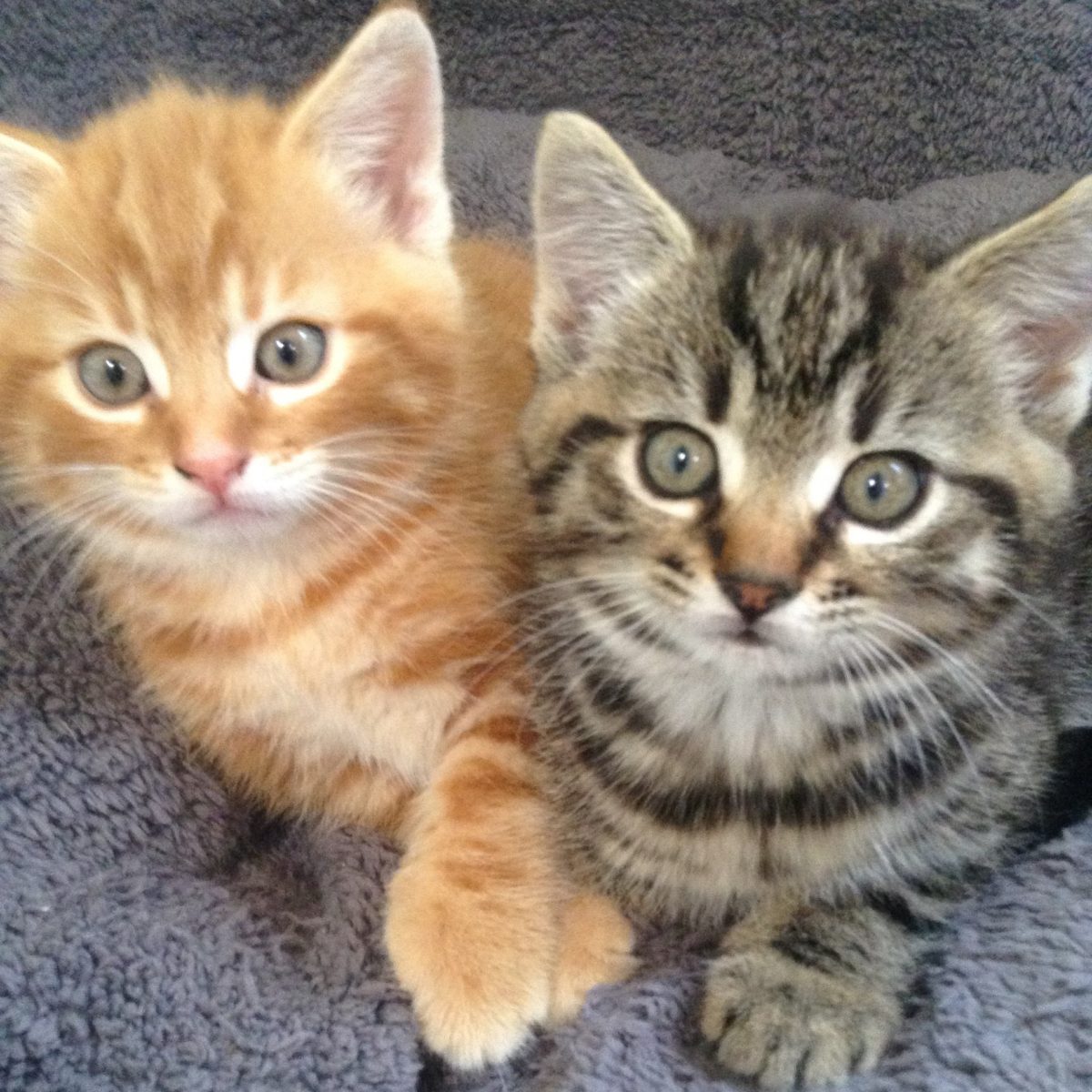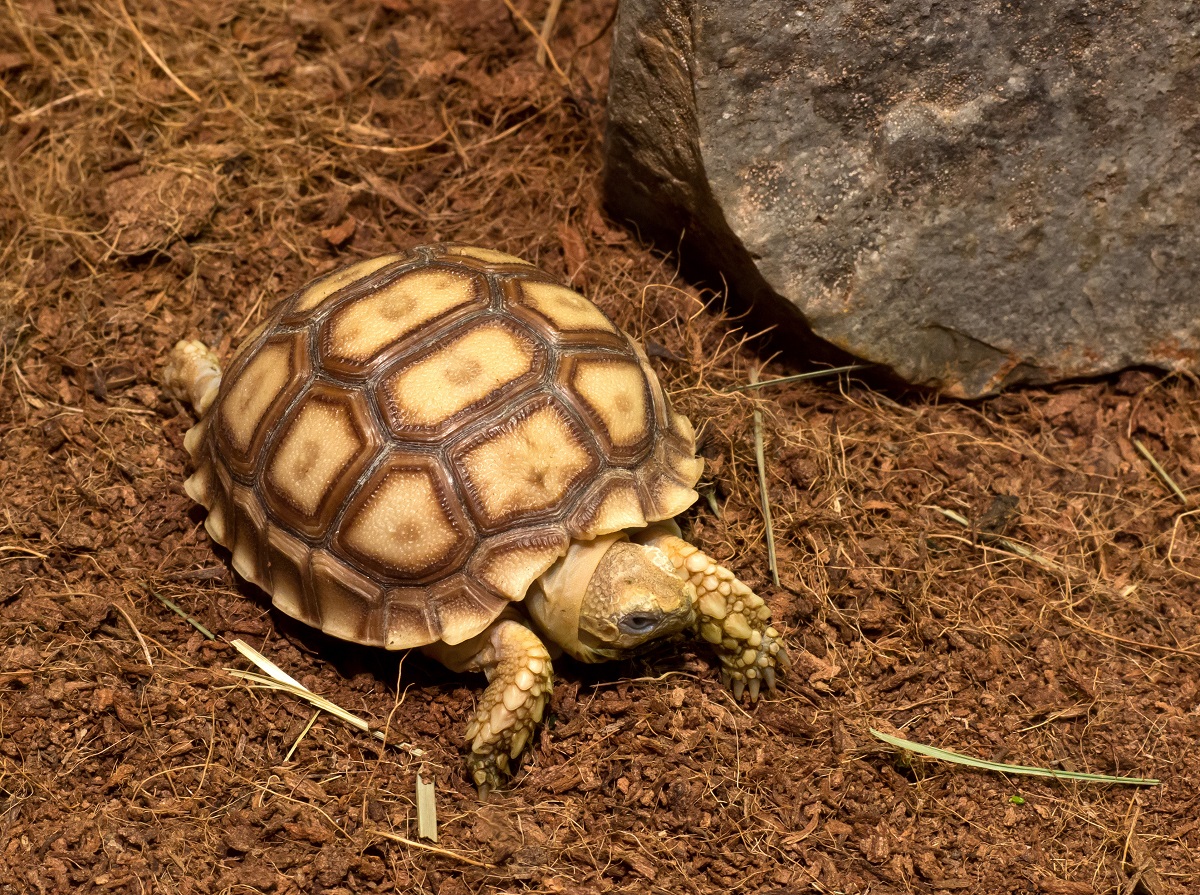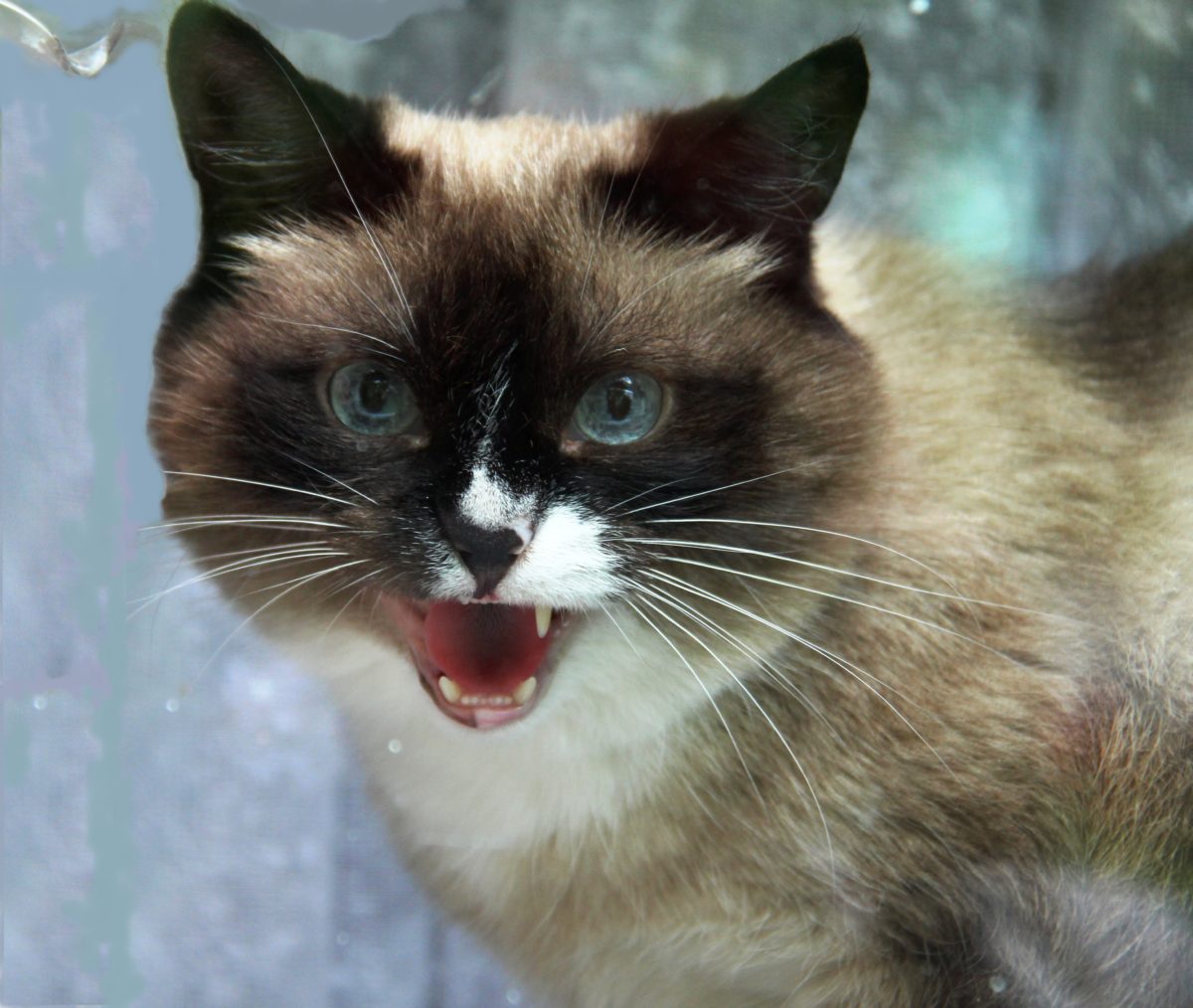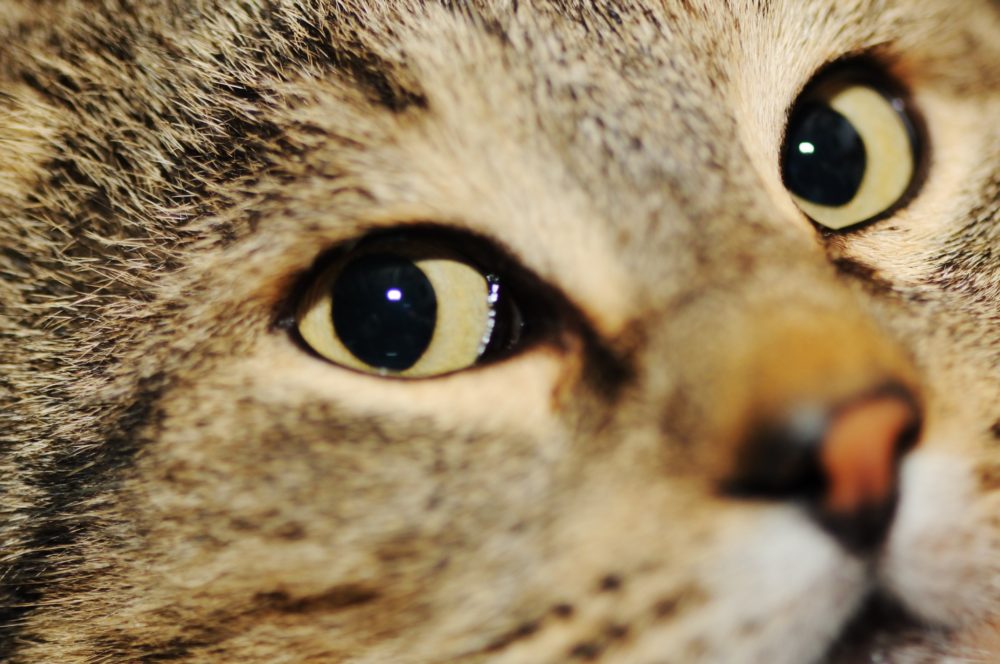
Can cats see close up? Can cats see In the dark? Can cats See color?
We give our cats some tasty treats every now and then, but it seems bizarre that even though the treats are right in front of them they can’t see them! They certainly can smell them because their noses start twitching and they immediately try to locate the treat. But it is their sense of smell that seems to lead them to their treat rather than their sense of vision. Is it a myth that cats can see really well?
Can cats see close up?
Despite been super hunters, cats cannot see very close objects. There is a limit to a cat’s near vision. Cats have rather large eyes in relation to the size of their bodies. And in these big eyes are their pupils which can open much wider than human pupils. This allows a lot more light into the eye which allows cats to be excellent at seeing in the dark. But these large pupils mean it is difficult to focus on near objects. When a human pupil contract it stays a round shape, but a cat’s pupil becomes a vertical slit. This slit shape makes focus on near objects difficult. If an object is about 25 centimetres away items begin to look blurry and unfocused, and this diminishes to a point, about 10 centimetres away, where a cat won’t actually see the object.
This explains why the treats placed directly in front of your cat will be located using their sense of smell rather than the sense of vision.
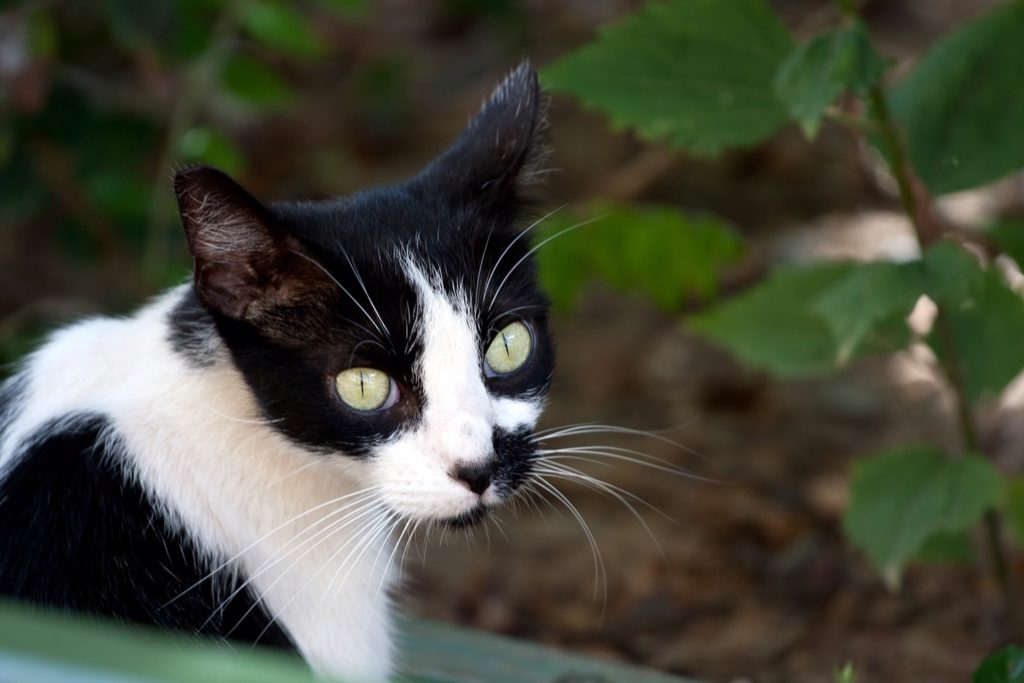
Can cats see in the dark?
Cats can see very well in low light which allows them to be excellent hunters at dusk and dawn. They do need some light to be able to see in the dark and the light of the moon or sunrise is perfect. In fact, a cat only needs one-sixth the amount of light needed by a human eye. Several features of a cat’s eye contribute to their excellent night time vision, these include:
- Their large pupils open much wider than the human eye and this allows more light into the eye. A cat’s pupil can dilate up to 300 times in size.
- The retina is a lining at the back of the eye which is made up of cells that react to light called photoreceptor cells. Retina illumination in cats is five times stronger than in a human eye allowing the faintest of light to be picked up.
- In addition to this, a cat’s eye has an additional feature at the back of the eye called the ‘tapetum lucidum’. This layer of tissue lies behind the retina and it reflects light back through the retina enabling even more light to become available to the receptors. This feature improves night time vision in animals. It is also the reason that a cat’s eyes glow in the dark
Can cats see color?
There has been a great deal of research into the ‘if and how’ cats see colors. Although cats can see color it is not in the same intensity and spectrum that we as humans see colors. The ability to differentiate colors is due to the presence of a group of cells, known as cones, which can be found in the retina. A human has three types of cones in the eyes which allows a range of colors to be seen with red, blue and green being the three key colors. Although cats have these cones in their eyes, they have a lot less than humans. In fact, cats have 10 times less more cones than humans which reduces the spectrum of colors available to be seen. It is believed that cats can see shades of green and blue well but shades of red and pink are not as clear. This is very similar to how a human with color blindness would visualize colors.
Therefore, cats can see in color, just not in the way that humans see colors. The intensity and depth of a color will be lacking in a cat’s vision.
Can cats see ultraviolet?
A study carried out in 2014 by the City University in London discovered that cats can actually see ultraviolet light. And they are not alone – research is showing that many animals including bees, birds, fish, moles, rats, to name a few, can see UV light. This may reveal the mystery behind many behaviours of animals that previously seemed crazy or bizarre! UV light exists beyond the spectrum of colors as we see it. Humans cannot see ultraviolet light. Unlike the lens of a human, certain animals, including cats, have lenses which allow ultraviolet light to reach the retina. Being able to see UV may assist cats in being better hunters and allow them to see substances such as scents, urine and blood which react well under UV light.
Other cat vision facts

- Cats can see nearly 300 degrees around their heads. They can also detect movement at about 4 millimetres per second. These features make cats excellent hunters.
- Cats eyes can vary in color but most kittens are born with blue eyes. In some breeds like Siamese their eyes will stay blue, but others will change to shades of yellow, green, brown or even orange. By about 3 months old kittens will have developed the eye color they will have for their life.
- All cats have a third eyelid. This eyelid is located between the regular eyelid and the cornea and its function is to provide extra protection for the eyes. The third eyelid has a gland at the bottom that produces extra tears. This third eyelid is not normally visible but can sometimes be seen when the cat is resting.
- As well as vision, cats use their eyes for communication. If a cat blinks slowly whilst looking at you intensely, this is a sign of love and affection.
- A high proportion of white cats with blue eyes will be deaf. Cells that are responsible for pigmentation, melanocytes, are also responsible for inner ear function. White cats with blue eyes have less of these cells and therefore may not have enough of the cells present in them for heating to function properly.
Caring for your cat’s vison
It is important to look after your cat’s vision and as with all health issues, prevention is better than cure. Regular check ups with the veterinary will ensure any problems can be identified sooner rather than later. Any concerns with your cat’s vision, such as bumping into things, or visible problems with the eye, should be checked out with your veterinary. Old age in particular can bring with it vision problems. Being aware and observant and taking early action can prevent, or at the very least delay, any problems with your cat’s eyes.
Summary of a cat’s vision
- Cats do not see close up items well.
- Although cats can see well in the dark they do need some dim light to do this.
- Cats can see a limited range of colors
- Cats can see ultraviolet light.
It is useful to use this knowledge to understand more about your cat’s nature and behavior. It is also useful when purchasing items and toys for your cat. For example, yellow and blue toys will be much more appealing than red ones.
Other articles you may enjoy
Why do cats meow? Cat communication – a complete guide
16 Top tips to ensure the senior years are comfortable for your old cat
Should I let my cat outside at night? Indoor or outdoor cat?

